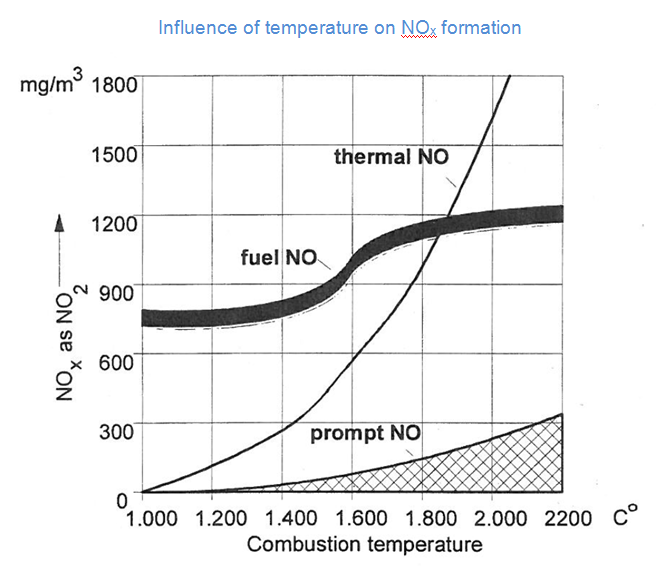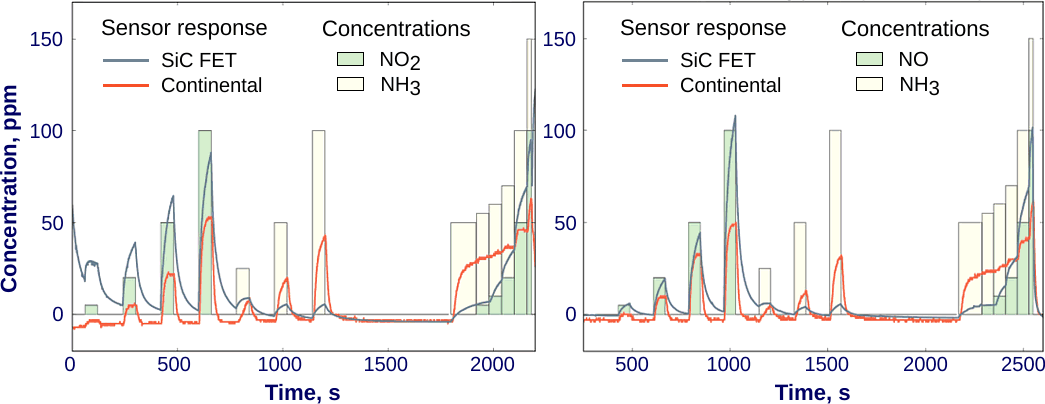

Till then this was mean definition for the kilogram. The density of pure water has to be by definition 1000.0000 kg/m 3 at a temperature of 3.98☌ and standard atmospheric pressure, till 1969. To express this concentration with metric units the density of water is needed. The concentration in ppm of gas in water is meanly meant by weight. With this equation it comes clear that the percentage notation by ppm is much more useful, because the independency of the temperature and pressure.

Specific molar volume of ideal gas (at pressure P and temperature T) The volume ( V) divided by the number of molecules (n) represents the molar volume ( V n) of the gas with a temperature ( T) and pressure ( P). To calculate the concentration in metric dimensions, with other temperature and pressure conditions the Ideal Gas Law comes in handy. This can be made clear by the following notation:īy checking the dimensions of the most right part of the equation, there will be found a dimensionless value, like the concentration in ppm is. Standard molar volume of ideal gas (at 1 bar and 273.15 K) įor converting ppm by mole, the same equation can be used. The amount of moles of the concerning gas can be calculated with the molecular weight. Standard Temperature and Pressure (STP) is defined as a condition of 100.00 kPa (1 bar) and 273.15 K (0 ☌), which is a standard of IUPAC. This law implies that 1 mole of gas at STP a volume of 22.71108 liters (dm 3) enfolds, also mentioned as the molar volume of ideal gas. The density of gas can be calculated by the Law of Avogadro's, which says: equal volumes of gases, at the same temperature and pressure, contain the same number of molecules. To convert ppmv to a metric expression like µg/m 3, the density of the concerning gas is needed. Additionally, because of difference in molecular weight, comparisons of concentrations of different gases are difficult. Although expressing gaseous concentrations in µg/m 3 units, has the advantage of metric expression, it has the disadvantage of being greatly influenced by changes in temperature and pressure. Today's more and more there is an interest to express gas concentrations in metric units, i.e. One part per million (by volume) is equal to a volume of a given gas mixed in a million volumes of air:Ī micro liter volume of gas in one liter of air would therefore be equal to 1 ppm:

Another way of expressing this value is ppmv. These are identical for an ideal gas, and practically identical for most gases of air pollution interest at 1 atm. In air pollution literature ppm applied to a gas, always means parts per million by volume or by mole. Parts per Million by Volume (or mole) in Air Parts Per Million (ppm) in proportion of:Ĭopyright © 1998-2008 Lenntech Water Treatment & Air Purification Holding B.V. Use extra zero's to expand the significance. The significance is automatically determined. If the molecular weight is unknown to you, please try our Molecular Weight Calculator.īy entering either the concentration in units of or in units of, the value will be converted directly and displayed in the field at the bottom. In the input field of Molecular Weight you could either choose from the drop-down list, or you could fill in the value of the molecular weight of the gas. For more theory about the use of ppm, please see the documentation below. The use of ppm therefore has to be specified in the input fields below, in the way it should convert the value with the proper unit. The unit ppm is used in several branches in different ways. This converter calculates the measured value in units of into units of and visa versa. Parts Per Million (ppm) Converter for Gases


 0 kommentar(er)
0 kommentar(er)
